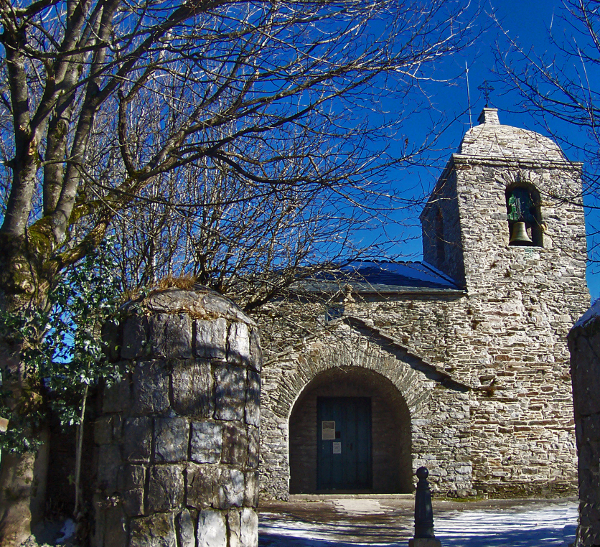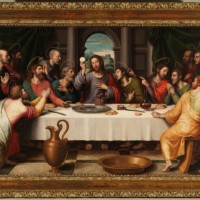Blog
The legend of the Grail myth for a globalised Camino de Santiago
The long process of collapse of the Roman Empire and the entrance of feudalism in Christian Europe added obvious economic, demographic, cultural and social changes. The ambition of the most powerful men at that time was to restore the idea of universal greatness of the Empire and its sphere of cultural influence. This continuous process of integration and disintegration also reached the area of the stories and we find the Holy Grail myth, one of the first stories that any inhabitant of the continent could meet and many churches and holy sites claimed to possess. Of course, the pilgrimage route also part of the Grail legend, which made its com overall myth to the Camino de Santiago.
As recorded by the myth, the Grail is the chalice which held the Last Supper. It would also be the vessel in which Joseph of Arimathea collected the Christ's blood when he was speared by Longinus; the medieval world would find a common myth that share, a narrative to transfer beyond the limitations in the roads and widespread illiteracy, became a symptom of the reconfiguration of European intellectual frameworks. There is nothing better than a shared history to certify that there is a village or villages in touch.
But what about the Camino de Santiago? The Grail legend became popular thanks to the Arthurian cycle, which was introduced in the peninsula through North Galicia. The landing of the Breton refugees brought the introduction of this myth that quickly spread to the rest of the Peninsula.
Some time later there were many holy places that claimed to possess the mystical chalice. Make sure to have a temple in their treasure with the cup of the Last Supper ensured the arrival of the faithful and the flow of wealth. The story was also adapted to the Camino de Santiago joined the rich and bitter stories of miracle that occurred at stations to Compostela. The monastery of Santa Maria do Cebreiro, Galician gate to the French Way, and its relationship with the Grail begun in XII century: a legend mentioned by various historical and archaeological sources recounts how a monk was preparing to officiate daily Mass.

The nave was empty because it was a temporary falling snow and wind that kept parishioners cover. When the monk believed that no one would attend to the office, Juan Santín, a very pious villager of Barxamaior crossed the threshold and settled to listen friar's speech. The monk despised peasant effort "to get some bread and wine," but at the time of the consecration of the Host became flesh sensitive view, and the contents of the cup in blood, which oozed up to dye body.
They say that this legend spread quickly and encouraged pilgrims to undertake the Camino de Santiago in case, who knows, could also be witnessed miracles in some corner of the track.
In 1486 the Catholic Monarchs, on a pilgrimage to Santiago, stopped at the monastery and donated the lanterns where the relics of the miracle saved.
All these fantasy elements keep a constant thought and art used deception to say something true, the stories associated with the Camino, miraculous at first and truthful at the time of the flow of information serve to encourage us, to test our courage with what others have felt at one stage, living the same adventure.
